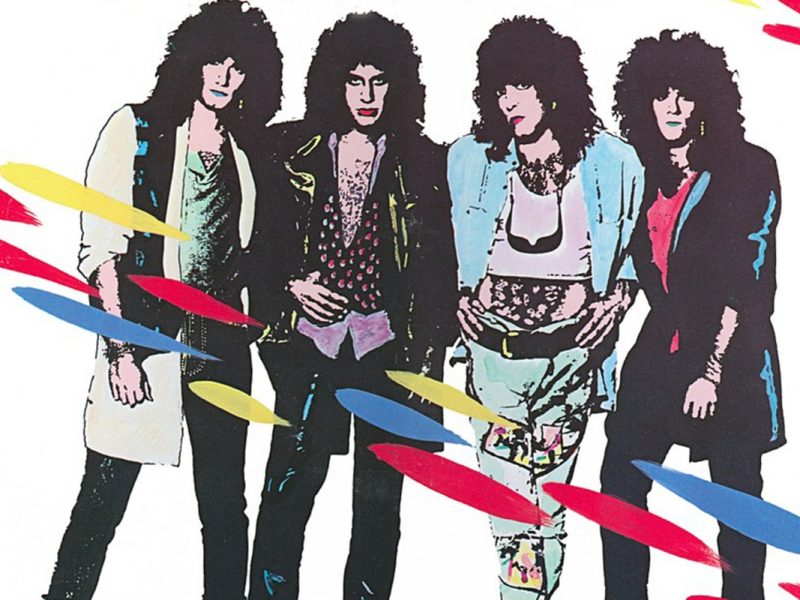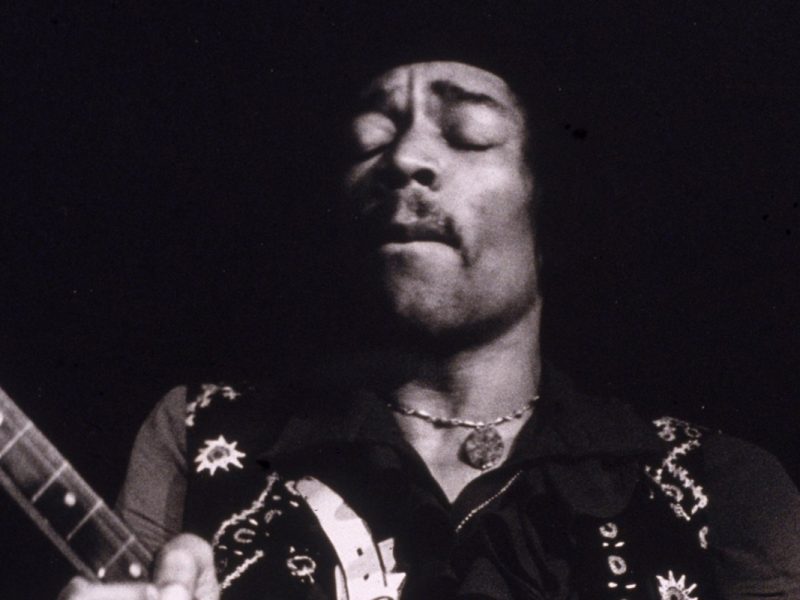Because of the running motif of fire on Document, singer Michael Stipe suggested that the phrase “File Under Fire” should be printed on the spine of R.E.M.’s fifth LP. He might have also suggested that the record be stamped with “File Under Birds.”
Stipe’s feathered friends take flight in more than a few songs on the album, including “It’s the End of the World as We Know It (And I Feel Fine)” (“Birds and snakes”), “Lightnin’ Hopkins” (“Crow!”) and the animal-themed “Disturbance at the Heron House.” But they’re featured most prominently in Document’s penultimate track, “King of Birds.”
But the song is less about birds than it is about the creatures’ behavior in relation to earthquakes. For centuries, folk wisdom has suggested that the conduct of birds (and certain other animals) predicts where and when an earthquake will strike. Specifically, when the animals sense the first indication of a quake – before humans can feel it – they fly (or run) in the other direction.
This often takes place mere seconds before calamity strikes, which is of little help to anyone but the birds who get safely off the ground. But, in more recent years, scientists have begun studying flight patterns with the idea that the birds might register a fluctuation in the planet’s magnetic field, causing them to leave well before any surface rumbling begins. As Stipe sings on “King of Birds,” “A hundred million birds fly away” – and that behavior could better predict the next quake.
Stipe also felt that he could sense earthquakes before they occurred. Strangely, he appeared to lose his predictive powers shortly after Document came out. The Whittier Narrows earthquake hit Southern California on Oct. 1, 1987, about a month after the album’s release.
Listen to R.E.M.’s ‘King of Birds’
“A lot of my friends from the West Coast called me immediately, because they wanted to know when the next one was coming,” Stipe told Rolling Stone later that fall. “I usually get headaches when an earthquake happens – when Mexico City went down [in 1985], I was on my back for three days, really bad. But last week was the first time since I became aware of it that there’s been an earthquake anywhere in the continent and I didn’t know about it ahead of time.”
But before the California quake, Stipe felt his headaches predicted these disasters, which is why he jokingly refers to himself as the “King of Birds” in this song. It also might have had something to do with William Wharton’s 1978 novel, Birdy, in which a boy begins to empathize with birds so much that he begins to take on their mannerisms. Stipe read the book while R.E.M. was on tour in the fall of 1985, before beginning work on the tune in ’86.
“King of Birds” seems to include other literary references as well. The title might recall one of Aesop’s fables, in which a flashy peacock is nearly elected king of the birds before a sensible magpie asks how the peacock will protect them from predators (“There’s time to teach, point to point,” Stipe sings on the tune). “I am king of all I see,” the third verse’s first line, recalls Henry David Thoreau (the transcendentalist also got namechecked on the Document track “Finest Worksong”). In Walden, he wrote, “I am the monarch of all I survey” and ruminated on the nature of birds in other documents.
The very next lyric in “King of Birds” calls on William Shakespeare’s famous line from Richard III: “A horse! A horse! My kingdom for a horse.” Instead, Stipe sings, “My kingdom for a voice.” This could be taken literally, with a bird wishing for a voice to alert the others in danger to the peril it senses (especially when the song ends with the repeated line “Everybody hit the ground”). But it could also be perceived more figuratively, as if the singer is wishing, striving for an original creative voice – not merely a facsimile of what has come before.
After all, “King of Birds” is not just about earthquakes and birds, but appears to deal in artistic introspection. In the song, Stipe repeats the refrain, “Standing on the shoulders of giants leaves me cold.” Where Sir Isaac Newton once humbly declared, “If I have seen further, it is by standing on the shoulders of giants,” in reaction to his apparent wisdom, Stipe would rather avoid his predecessors’ shoulders entirely. He’s seeking “a mean idea to call my own.” Whether the intended definition of his “mean idea” (which also pops up in “Heron House”) is a nasty notion or an average thought is left to interpretation.
Stipe’s elusive poetry is right at home on Document, although the recording’s quieter, folksy tone stands in contrast to the musical force applied elsewhere. “King of Birds” builds slowly, before the song – and the birds – take flight.
“We’re not so versatile that there’s not going to be something in common in all our records,” drummer Bill Berry told Rolling Stone after the album’s release. “I think we’ve developed a little more now, to where we can get away with doing a ‘King of Birds’ on a record, and break it up a little bit.”
Although the song sticks out on Document, it might not have done the same on R.E.M.’s previous LP, 1986’s Lifes Rich Pageant, for which it was demoed. Because of Berry’s martial shuffle beat, it was called “March Song” back then, but wasn’t recorded for the album. That’s just as well, seeing that Pageant’s “Swan Swan H” (again with the birds) contained a similar, albeit more mournful, aesthetic.
Watch ‘King of Birds’ in R.E.M.’s ‘Tourfilm’
Still, “King of Birds” made frequent appearances in setlists prior to the Document sessions, often played in fragments on the ’86 tour, alongside parts of other new material such as ”Oddfellows Local 151” or “Finest Worksong.” When finally recorded in Nashville’s Sound Emporium with co-producer Scott Litt in the spring of 1987, the song maintained Berry’s slow march, but also featured a dulcimer played by guitarist Peter Buck and an organ part, likely from bassist Mike Mills.
“King of Birds” featured prominently in R.E.M.’s Work tour to promote the album in ’87, as well as the band’s massive world tour in 1989 – and, as a result, the concert movie chronicling that trek, 1990’s Tourfilm. But, the band never resurrected the song onstage after the end of the ’80s.
Top 100 ’80s Rock Albums
UCR takes a chronological look at the 100 best rock albums of the ’80s.



